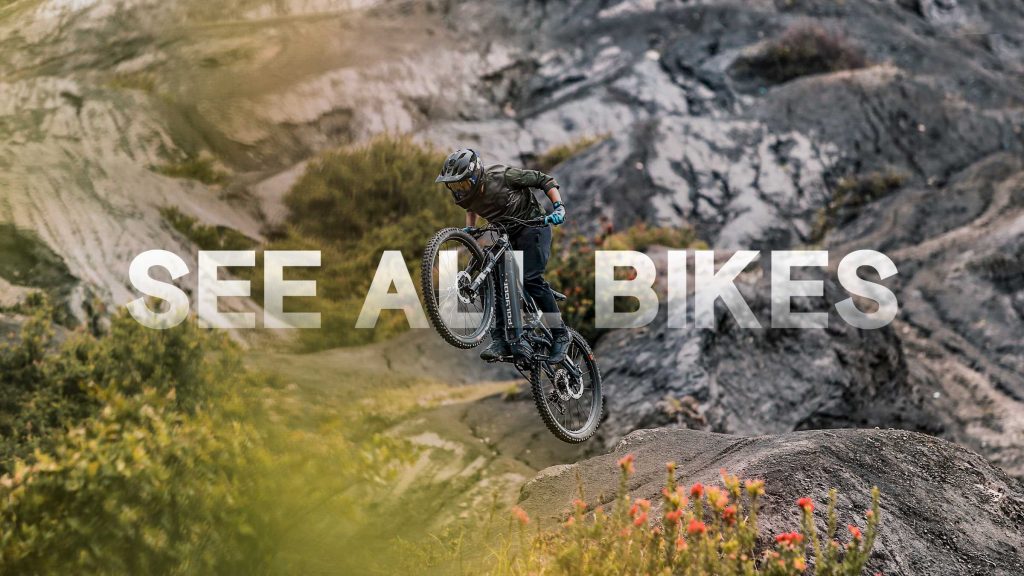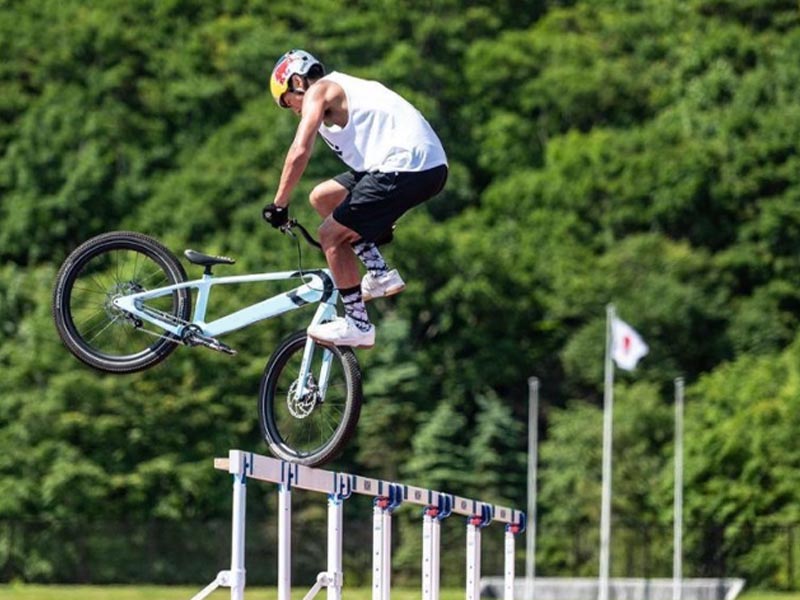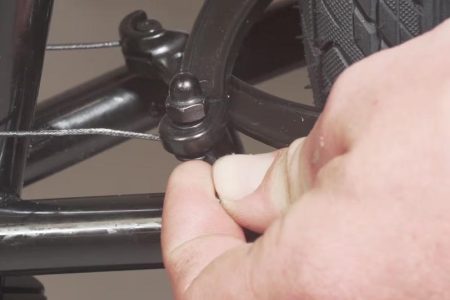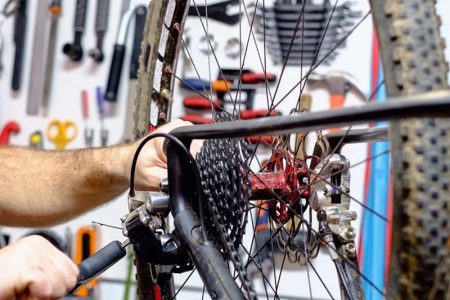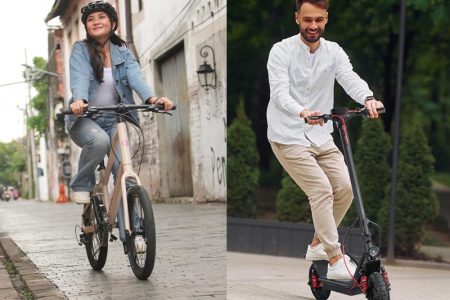The first thing that strikes you about Bike Trials isn’t speed — it’s stillness. A rider pauses mid-course, wheels locked, body coiled, scanning the next challenge.
Then, with a quick lift and a sharp hop, they land on a narrow platform, both wheels steady. No foot touches the ground. In this sport, that’s victory in motion.
Bike Trials began taking shape in Spain during the late 1970s, inspired by motorcycle trials where the goal was to clear obstacles without dabbing a foot.
Early riders started experimenting on bicycles, building makeshift courses out of pallets, rocks, and anything else they could stack. By the 1980s, the discipline had grown into organized events, eventually earning recognition from the Union Cycliste Internationale (UCI).
Today, it’s a respected competitive branch of cycling, with its world championships and a global community of athletes perfecting the fine art of balance.
Trial Disciplines and Federation Ties
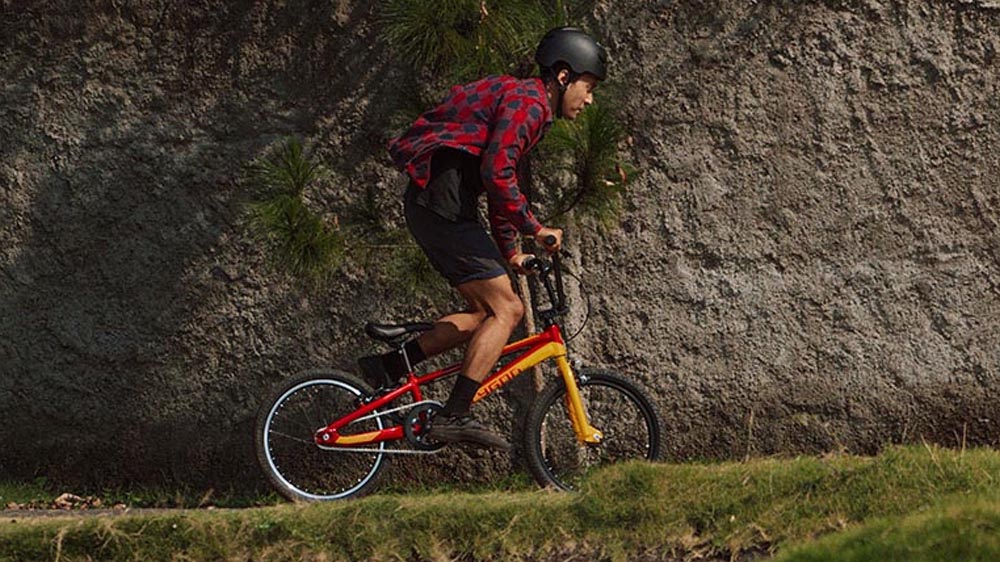
At its heart, Bike Trials is about navigating a sectioned course full of physical barriers, from boulders to urban structures, without letting a foot, or any other part of the rider, touch the ground.
The UCI governs two main categories based on wheel size:
- 20-inch (often called mod bikes) for tighter, more technical moves.
- 26-inch (stock bikes) for longer gaps and a more traditional mountain bike feel.
Each course is divided into “sections,” and riders have a set time to complete each one. Penalty points are given for putting a foot down, leaning on an obstacle, or leaving the course boundaries. The rider with the fewest points across all sections takes the win.
In many countries, national cycling federations integrate trials into their off-road divisions alongside BMX and mountain biking.
This creates pathways for riders to cross-train and compete internationally, and also supports youth programs that introduce the sport at a grassroots level. Outside the UCI, the BikeTrial International Union (BIU) runs its competition system, rooted in the sport’s early history and maintaining distinctive event formats.
The Bikes Behind the Moves
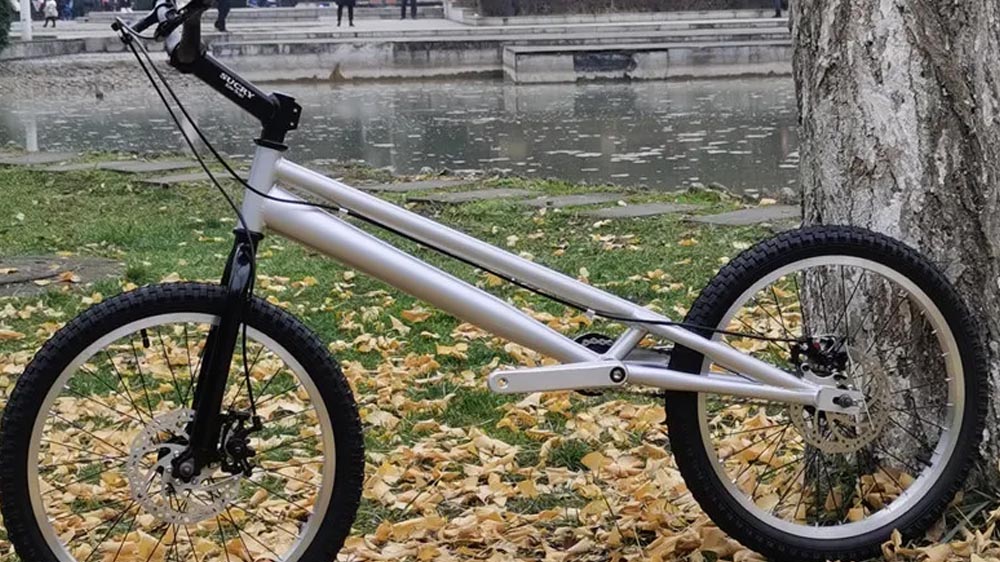
A trials bike looks almost stripped bare compared to a regular bicycle, but it’s similar to BMX and DJ. Every part is there for a reason, and anything unnecessary has been left out.
- Frame: Compact, light, and rigid. Built to handle sudden forces from drops and hops. The geometry is tuned for quick weight shifts rather than long rides.
- Wheels: 20-inch for explosive maneuvering; 26-inch for stability and reach on larger features.
- Drivetrain: Single-speed for simplicity and reliability, often with high gearing for instant torque.
- Brakes: High-performance hydraulic rim brakes or disc brakes for rock-solid wheel locking.
- Saddle: Minimal or absent, when the sport is about standing on the pedals, a big seat just gets in the way.
These bikes aren’t made for covering miles. They’re precision tools for short, intense bursts of movement. Every gram and every angle serves the goal of balance and control.
Foundation Skills for Beginners
Even the most jaw-dropping trials run starts with simple fundamentals. The discipline rewards patience and repetition, and the basics can be practiced in any open space before taking on full obstacles.
Trackstand
Balancing motionless on the bike, front wheel angled slightly, body subtly shifting to keep steady. It’s the root skill for everything else in trials. Keep your front wheel turned slightly and focus your eyes on a fixed point ahead. Micro-movements in your bars and pedals keep you upright.
Brake Control
The brakes are more than a way to stop; they’re an anchor point for balance. Learning to feather, lock, and release them with precision is essential for keeping the bike stable during moves.
Practice locking just the rear brake while shifting your weight back, then easing off to roll forward again. Build smooth transitions, not jerky stops.
Pedal Hop
A rapid, controlled lift of both wheels using a small burst of pedal force. Perfect for inching forward on a section or hopping over a small barrier without rolling. Compress into your pedals before lifting; think “spring, then pop.” Stay light on the bars so the bike moves under you instead of pulling you forward.
Side Hop
A jump that moves the bike sideways onto a ledge or platform. It demands timing and commitment, compress, lift, and pull the bike toward the target in one smooth motion. Load both pedals evenly, then push the bike sideways while tucking your knees. Land with brakes locked to prevent roll-off.
Front Wheel Pivot Turn
With the front brake locked, the front wheel becomes a pivot. The rear swings around, allowing tight directional changes in confined spaces. Shift your weight over the front axle and keep your hips leading the movement — your bike follows your torso.
Rear Wheel Control
Balancing or hopping on the rear wheel is a hallmark of an advanced trials rider. It combines brake precision, balance, and explosive power in a move that’s both functional and visually impressive.
These moves are the toolkit for tackling real sections. In competition, they’re used in rapid succession, linked together like words in a sentence.
The Competitions That Define the Sport
While trials can be practiced anywhere, their competitive side thrives under structured events that push riders beyond their comfort zones.
UCI Trials World Championship
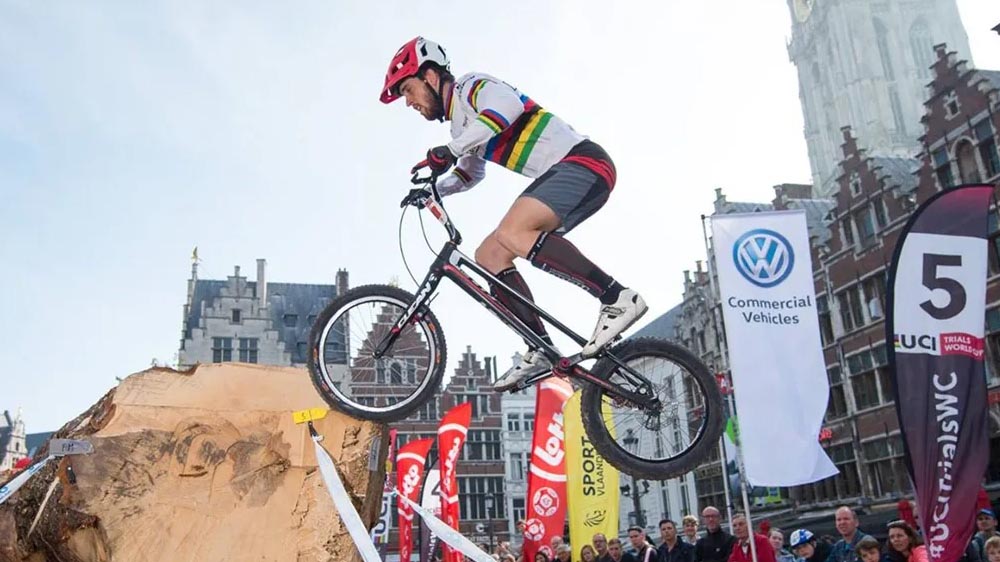
The pinnacle for elite riders, this annual event crowns world champions in multiple categories. Sections are designed to test technical mastery, nerve, and problem-solving under pressure.
UCI Urban Cycling World Championship
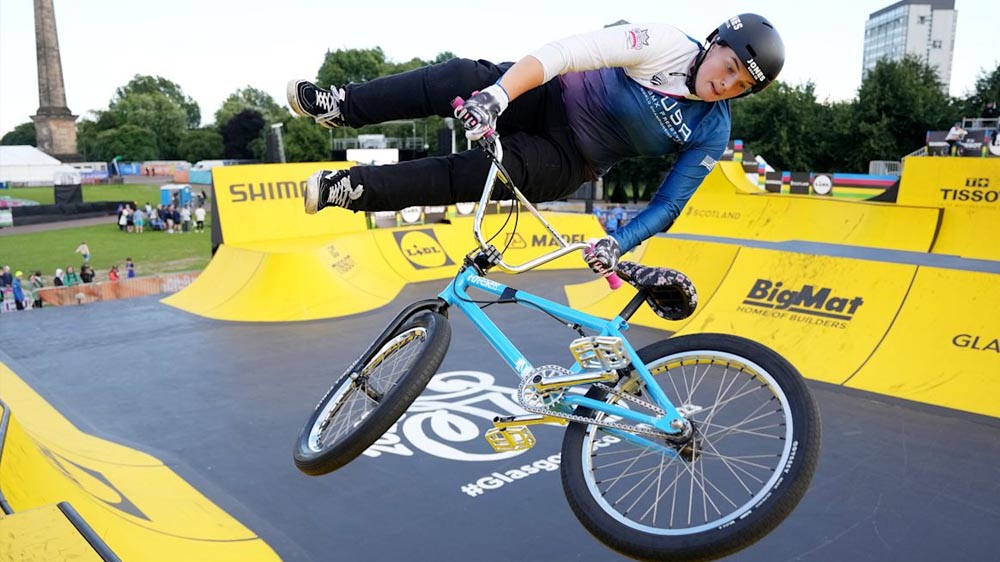
A festival of modern cycling that combines trials with BMX freestyle and mountain bike eliminator racing. Trial courses are often set up in public spaces, creating a charged atmosphere and drawing big crowds.
BikeTrial International Union Competitions
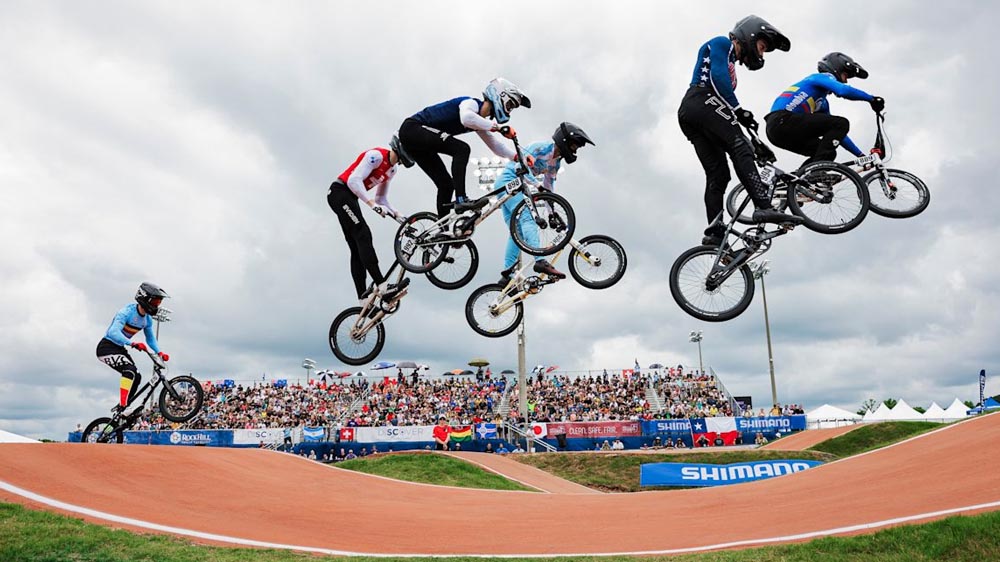
The BIU’s series has deep historical roots, keeping alive some of the earliest traditions of the sport. Events here often feature imaginative, highly technical sections that challenge even veteran riders.
Each competition format reflects a different side of the sport, from pure technicality to crowd-driven performance, but they all celebrate the same skills: balance, precision, and quick thinking.
Read also
Why Polygon Is a Trusted Cycling Companion?
In a sport where the smallest details, from brake setup to tire choice, can make or break a performance, having reliable guidance is everything.
Polygon has built its reputation as a go-to cycling resource, offering expert insights, high-quality gear, and a community of riders who share knowledge freely.
Bike Trials may not be about speed, but it’s every bit as thrilling as the fastest race. It’s a test of focus, coordination, and the ability to control a bike in ways most riders never experience. Whether you’re starting with a simple trackstand or aiming for the world stage, the journey is as rewarding as the destination — and Polygon is here to help you ride it well.


